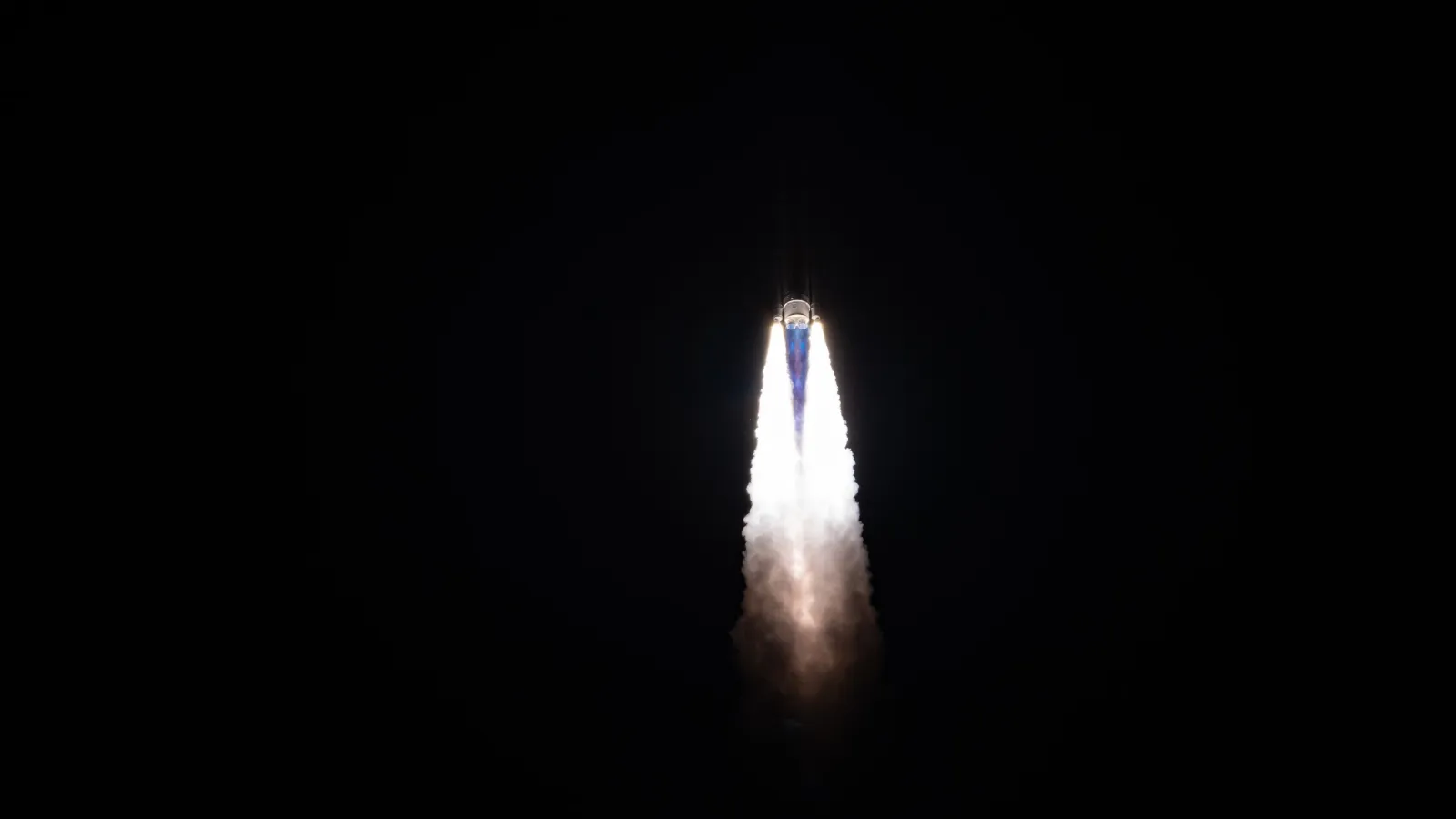
At 2:18:38 A.M. ET Monday morning, ULA debuted its Vulcan rocket after years of delays and setbacks. With a highly expected successful deployment of Astrobotic‘s first Peregrine lunar lander, Vulcan kickstarts ULA’s new commercial launch future as well as NASA‘s new exploration of the Moon.
ULA launches first Vulcan rocket to start busy year
Feel free to argue their market viability or how their rockets might be overpriced in your opinion, but there is just nothing like a ULA launch countdown. Well, maybe a NASA countdown but we’re still a year away from another one of those at best. It just all screams tradition and nostalgia that brings goosebumps whenever I hear “go for launch” after a good go/no-go poll.
Okay, fanboying part over. Monday morning, to start the week off strong, ULA debuted its Vulcan rocket to space. A rocket that has been in some sort of development for over a decade and continues the legacy of the Atlas V and Delta IV rockets, Vulcan is no longer “in-development.”
Vulcan stands as ULA’s step into a market less reliant on national security and other government launch contracts but with more use of commercial launch orders. ULA plans to have as many as half of its future launches be commercial and start launching Vulcan every two weeks.
ULA’s new rocket is a two stage design with a booster powered by two Blue Origin BE-4 engines and a Centaur V upper stage with two Aerojet Rocketdyne RL10C engines. Paired with a couple solid rocket motors, Vulcan was able to send its first payload out towards lunar orbit.
As expected, ULA has nailed every aspect of this launch with each stage of the rocket performing as expected. Now the big question will be, will Astrobotic be the first commercial company to land on the Moon?
Join our Discord Server: Join the community with forums and chatrooms about space!
Peregrine on its way to restart lunar exploration for NASA
The last time NASA soft touched down on the lunar surface was Apollo 17 all the way back in 1972. While NASA isn’t directly landing on the Moon with Peregrine, this is a mission for NASA’s Commercial Landing Services program and a vast majority of the payloads (and funding) are by NASA.
This is just the start of NASA’s new lunar exploration program with a second lunar lander for CLPs slated to launch in mid-February. That mission is by Intuitive Machines and will be launched on a SpaceX Falcon 9.
Astrobotic’s Peregrine Mission 1 landing date is set to happen as soon as February 23. However, not to be one upped, Intuitive Machines announced last week that if it launches as expected, it plans to land on the Moon on February 22. So yes, there’s a pretty big space race happening right now.
However, so far not a single commercial lunar lander has been able to land on the surface of the Moon successfully. So far only four countries, the US, Russia (via the Soviet Union), China, and India have been able to do so. India only joined that exclusive club last year.
The bar is much higher for Astrobotic and Intuitive Machines as they are both backed by NASA, the king of landing on the Moon. Although anything is possible because, well it’s space and nothing about this is easy.
FTC: We use income earning auto affiliate links. More.




Comments